





 |
 |
 |
 |
 |
 |
| Jean-Marc MICHEL | profile | all galleries >> Thailand >> Nakhon Pathom | tree view | thumbnails | slideshow |
| previous page | pages 1 2 3 4 ALL | next page |
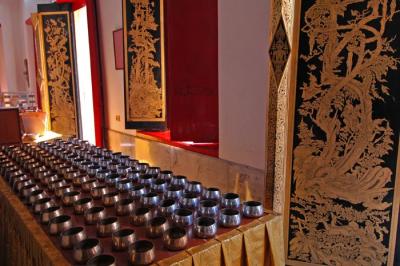 DSC_0007 |
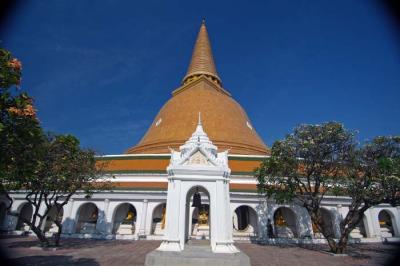 DSC_0009 |
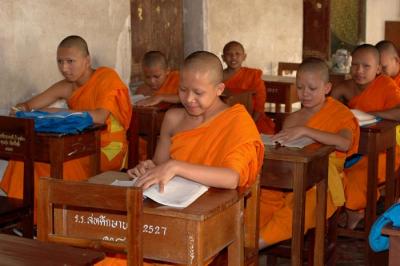 DSC_0011 |
 DSC_0085 |
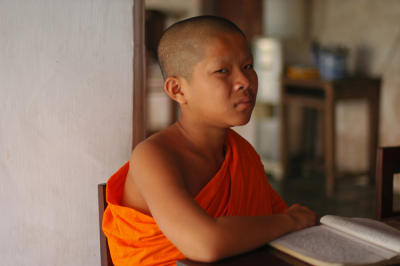 DSC_0032 |
 DSC_0102 |
 DSC_0111 |
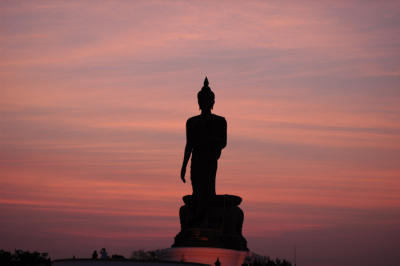 DSC_0130 |
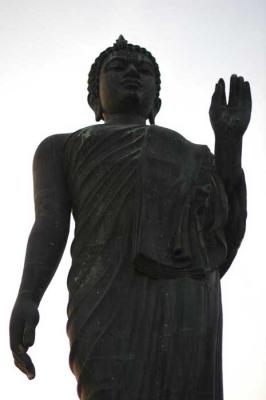 DSC_0106 |
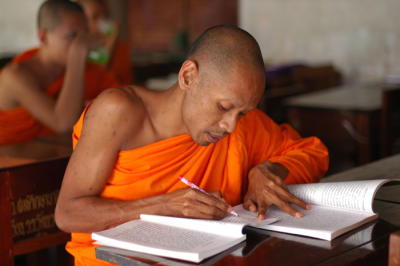 DSC_0022 |
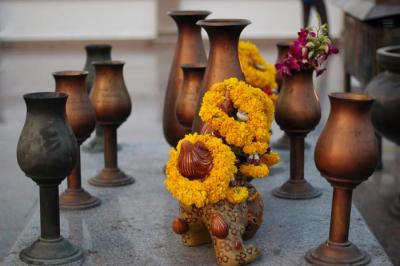 DSC_0117 |
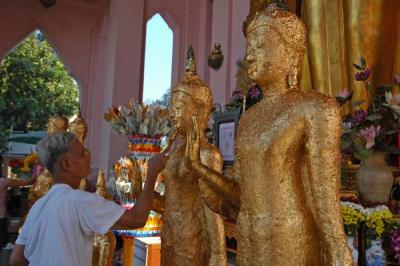 DSC_0052 |
| previous page | pages 1 2 3 4 ALL | next page |
| comment | share |